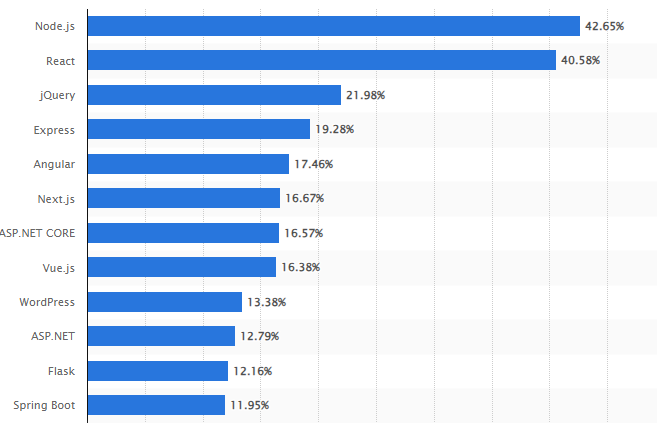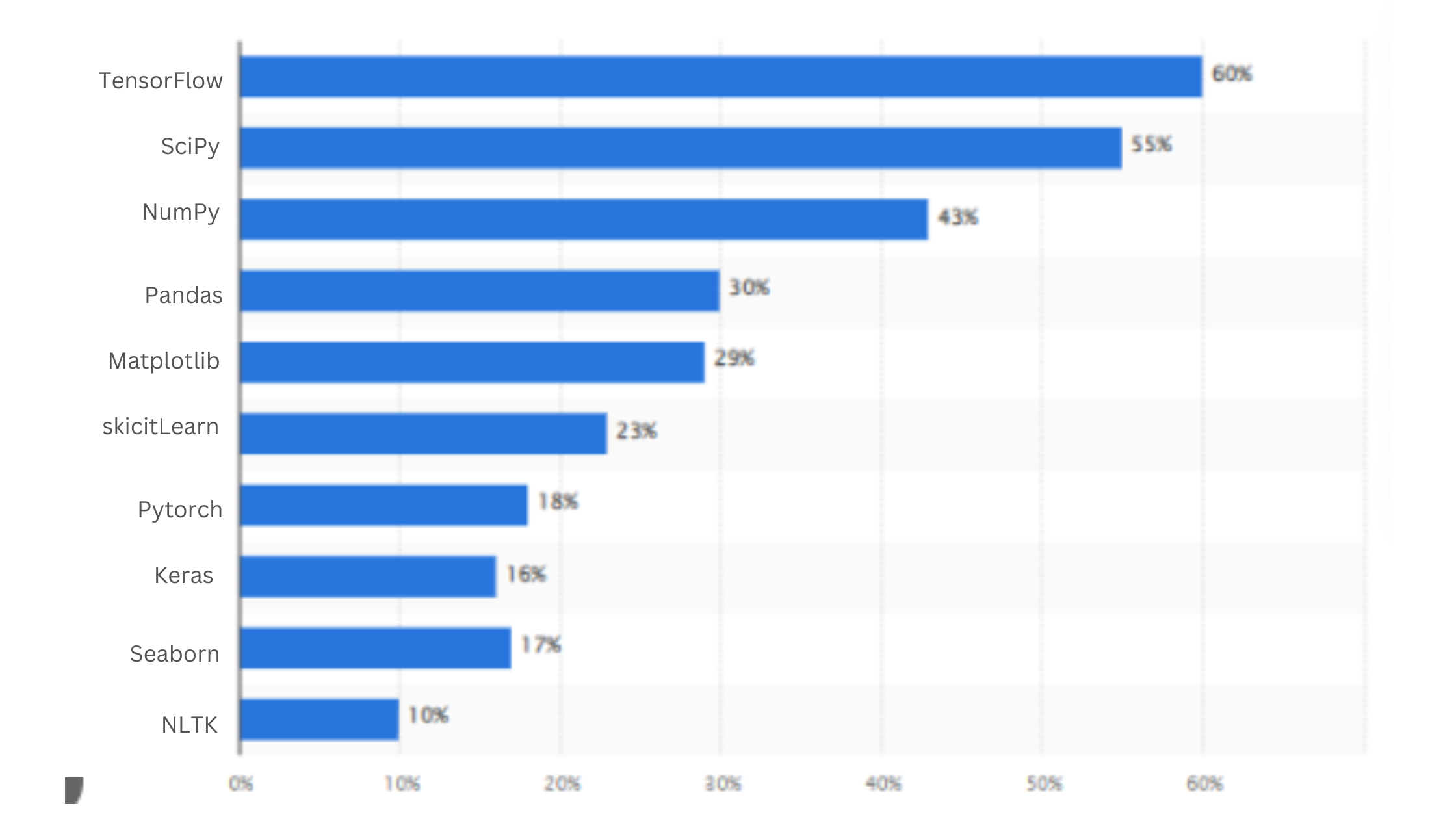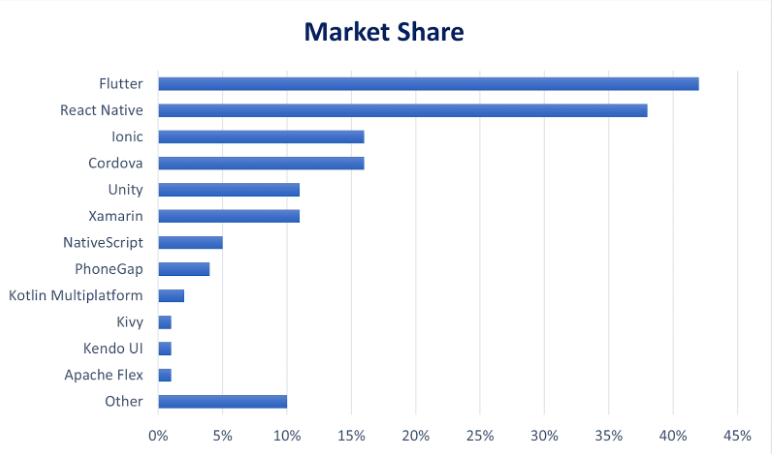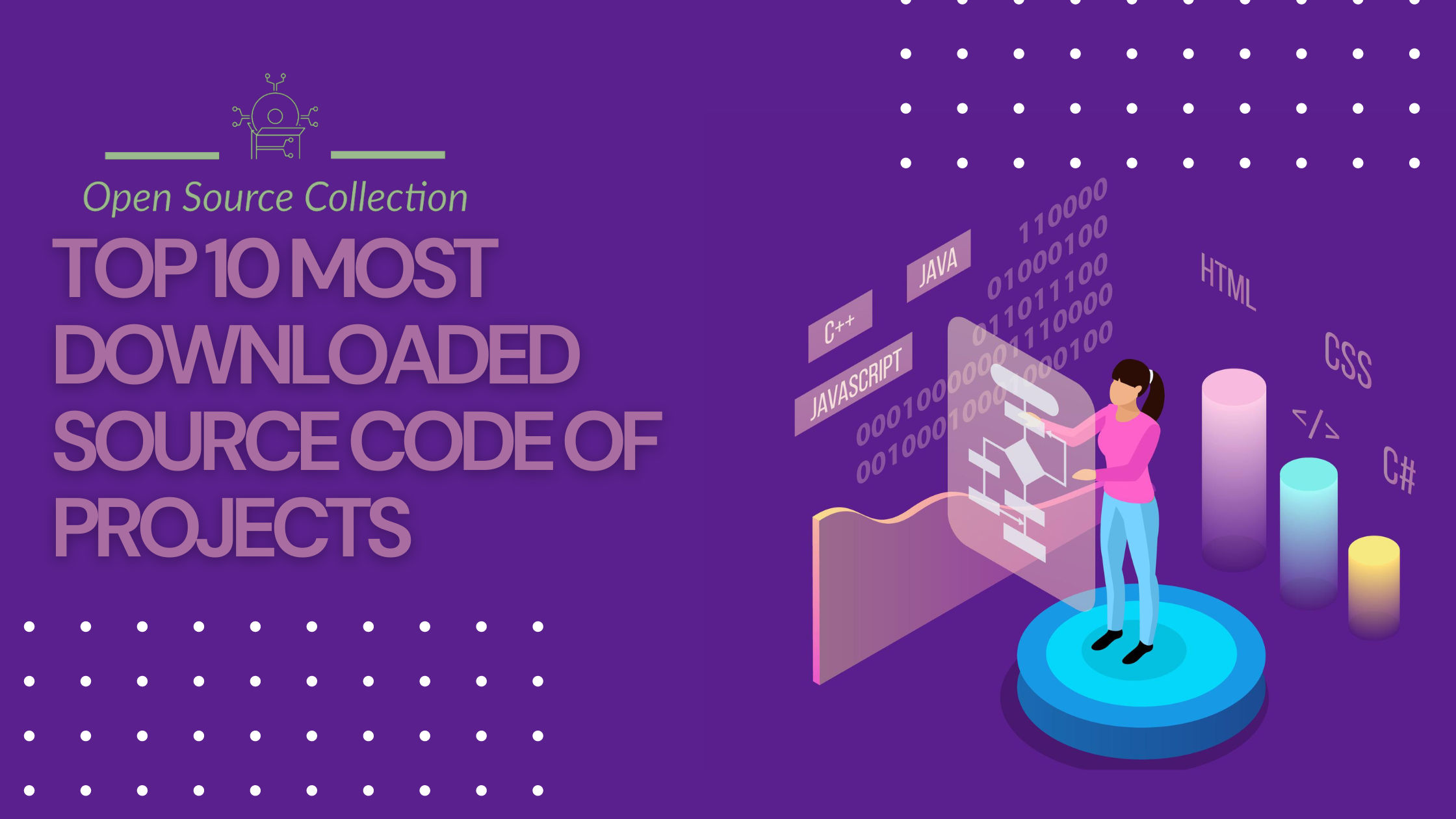It may not be easy to identify the most downloaded project source code from such a wide variety of platforms and repositories, as popularity is measured differently. Nevertheless, we can present some data about popular and significant open-source projects. As you search to acquire new skills, one of the best strategies is project-based learning through building net projects. We would like to believe that this project with source code and database will be helpful for a quick look over before going ahead with any sort of submission. For the final year student, Live Project is available for free download in source code.
Working on top open-source projects is one of the best ways to launch your career, making you a programmer. Furthermore, not only can you practice software development but also put your open-source code projects in the portfolio. Most employers would want an active and growing account. However, the projects listed under open source are almost innumerable. But if you don’t want to sift through a list of open-source projects that never cease, go ahead and look at our one.
Get the broadest range of creative project topics and development project ideas with source codes. We strive to provide the best source code for students, which facilitates better application development. There are many ways of making a project; there are various sources. Almost all applications and software source code are free to download for everyone. This source code with documents enables students and developers to upgrade their skills from beginner level to pro. We present the 10 best projects in the year 2024 with source code.
List Of Most Downloaded Source Code Of Projects That You Can Easily Use
You know what? it's challenging to provide the current top 10 most downloaded source code projects, as these rankings can vary based on factors such as platform popularity, programming languages, and trending technologies. However, here are some categories of projects that have historically been popular… So let’s start reading and add up important information in your knowledge section…
Most Downloaded Web Development Frameworks:
In today's changing world, having a website is crucial for businesses to stand out online. Making smart and user-friendly websites helps to draw in new visitors. Picking the right web framework can really help you build these websites and applications easily. You know what Node.js overtook React.js to become the most used web framework among software developers worldwide, as of 2023. According to the survey, around 42.7 percent of respondents reported to be using Node.js, while 40.6 percent were using React.js. Here we are sharing a graph showing the popularity of top frameworks…

As you can see in the graph Node js, React, JQuerey, Express, Angular, and others are the most popular language nowadays. You can use Node JS, Springboot, React, and Django projects available at OpenSourceCollection to learn those languages.
Node JS
Node.js is an open-source cross-platform Javascript runtime environment that allows the running of javascript code on the servers rather than in web browsers. Based on the Chrome’s V8 JavaScript engine, Node. js allows developers to use JS for server-side scripting and it helps them to create scalable applications that are loaded with performance in a network environment.
React
React is a JavaScript library used for building user interfaces for web applications. It was developed by Facebook and released as open-source in 2013. React allows developers to create reusable UI components that manage their own state, making it easier to build complex user interfaces. It uses a component-based architecture, where each component represents a part of the user interface, and these components can be composed together to create the complete UI.
jQuery
jQuery is a popular JavaScript library that simplifies various tasks related to client-side scripting on web pages. It provides a wide range of functions and methods that make it easier to manipulate HTML elements, handle events, and make asynchronous HTTP requests (AJAX). jQuery simplifies the process of selecting and manipulating DOM elements, making it easier to add interactivity and dynamic behavior to web pages.
Most Downloaded Machine Learning and Data Science Libraries
Here we are sharing some important libraries that are very popular and have a huge download rate among users…

TensorFlow
Leading the pack among Python libraries for data science is TensorFlow, renowned for its high-performance numerical computations. Boasting approximately 35,000 comments and a dynamic community comprising 1,500 contributors, TensorFlow finds utility across diverse scientific domains. Essentially, it serves as a framework for defining and executing computations involving tensors – fundamental computational entities that eventually yield a value.
SciPy
SciPy, short for Scientific Python, stands as another vital Python library for data science, freely available and open-source. Widely adopted for its prowess in high-level computations, SciPy garners around 19,000 comments on GitHub and maintains an active community of approximately 600 contributors. It serves as a cornerstone for scientific and technical computations, building upon NumPy by furnishing numerous user-friendly and efficient routines tailored for scientific calculations.
NumPy
At the core of numerical computation in Python resides NumPy (Numerical Python), offering a robust N-dimensional array object. With roughly 18,000 comments on GitHub and a vibrant community of 700 contributors, NumPy stands as an indispensable tool. Serving as a versatile array-processing package, it furnishes high-performance multidimensional arrays along with a suite of tools for seamless manipulation. NumPy tackles performance bottlenecks by introducing these multidimensional arrays alongside functions and operators optimized for efficient operations.
Pandas
Pandas, a quintessential component in the data science workflow, take its place in the Python libraries roster. Essential for data analysis alongside NumPy and matplotlib, Pandas reigns as the most popular Python library for data science. With an approximate tally of 17,000 comments on GitHub and an engaged community boasting 1,200 contributors, Pandas stands as a cornerstone for data analysis and cleansing tasks. It offers rapid and flexible data structures, including data frame objects, meticulously designed to facilitate seamless manipulation of structured data.
Matplotlib
Famed for its powerful and visually striking visualizations, Matplotlib emerges as a pivotal plotting library for Python. With an impressive count of around 26,000 comments on GitHub and a dynamic community comprising roughly 700 contributors, Matplotlib finds extensive use in data visualization endeavors. Additionally, it presents an object-oriented API, empowering users to embed generated plots into diverse applications seamlessly.
Most Downloaded Mobile Development Frameworks:
According to a survey by Statista about app development, Flutter is the most popular framework, holding a market share of 42%. Other notable frameworks include React Native (38%), Ionic (16%), Cordova (16%), Unity (11%), and Xamarin (11%).

Flutter
Flutter is a software tool created by Google that helps developers build apps for phones, websites, and computers. It gives them lots of options to design how their apps look and work. Flutter also comes with tools to test and connect different parts of the app together smoothly. Plus, it has a special feature that lets apps update in real-time.
NativeScript
NativeScript is a free tool released in 2014 that developers use to make mobile apps. They write their code using languages like Typescript, Angular, JavaScript, CSS, and Vue.js. NativeScript is popular because it helps make apps faster and with less code. Big companies like using it because it makes their apps powerful on the web too. One cool thing about NativeScript is that developers can make apps for both Android and iOS using the same code.
Xamarin
Xamarin is a tool from Microsoft that helps make mobile apps. It's free and was released in 2011. Developers use the C# programming language and .NET framework with Xamarin to build apps. Using C# makes coding faster because you write less code. Plus, it's easy to move code between macOS and Windows. Xamarin supports making apps for both mobile phones and computers.
Most Downloaded Source Codes of E-commerce Platforms:
In recent years, online shopping has become really important in the world of retail. Just like many other industries, buying and selling things has changed a lot because of the internet. Now, thanks to more people using the internet, lots of us can buy things online from anywhere. With over five billion people using the internet globally, more and more people are shopping online. In 2024, it's predicted that online sales will be worth more than 6.3 trillion U.S. dollars worldwide, and this number is expected to keep growing in the future. check out the best available free to use open source Ecommerce projects list here...
WooCommerce
WooCommerce is like a free tool that helps you sell stuff online. It works with WordPress, which is a platform for making websites. Lots of small and medium-sized businesses use it, with around 3.9 million websites using it. WooCommerce comes with lots of cool stuff you can use. Let's talk about some of the most interesting features it has.
Square Online
Square Online is a widely used e-commerce software that's free and simple to begin with. It's open source, meaning anyone can access and modify its code. This software is perfect for various types of businesses, like mobile sellers, small and medium-sized businesses, online retailers, restaurants, and physical stores. It's especially handy for food trucks, fair vendors, and boutique owners. With Square Online, you get built-in tools for managing your inventory, a point-of-sale (POS) system, and the ability to accept payments online.
Joomla
Joomla is a really popular tool for creating online stores and managing content on websites. There are almost 2 million active websites using Joomla, and it has a big community of over 200,000 people. But Joomla isn't just for online stores. It's also great for making and organizing all sorts of content for businesses, governments, and big organizations, no matter how big or small they are.
With Joomla, you can do lots of things like making websites, building applications, designing templates, and adding extra features called extensions. It's a versatile tool that can help you do a lot with your online presence.
Wrap-Up
Identifying the ‘true’ most downloaded open-source projects is difficult because of method variations for tracking, multiple channels of distribution, and various repositories. Nevertheless, there are some projects that have reached massive popularity owing to community involvement, contributions, and data related to the use of different platforms. The above-mentioned projects are that which is widely known and have high downloads.
FAQs
Python is the most popular open-source project.
In the common meaning of source code, it is programming constructs that are written by a programmer using either a text editor or visual programming tool and then stored in some file. The output is generally termed as the Object Code, a compiled file that results from compiling Source code with a C compiler.
Check the website of the software developer: A number of software developers publish the source code for their programs on their websites. If you look at “Resources” or the “Developers” section of a website, there is usually one available to find out where they get their source code from.
The majority of Python open source projects are connected to artificial intelligence, machine learning, and neural nets. However, some traditional web development frameworks and statistics & data analysis suites also exist. Python has an unlimited supply of open-source projects that span various domains. Here are a few prominent ones:
-
Django
-
TensorFlow
-
Flask
-
NumPy
-
Pandas
-
Matplotlib
-
Scikit-learn
-
PyTorch

